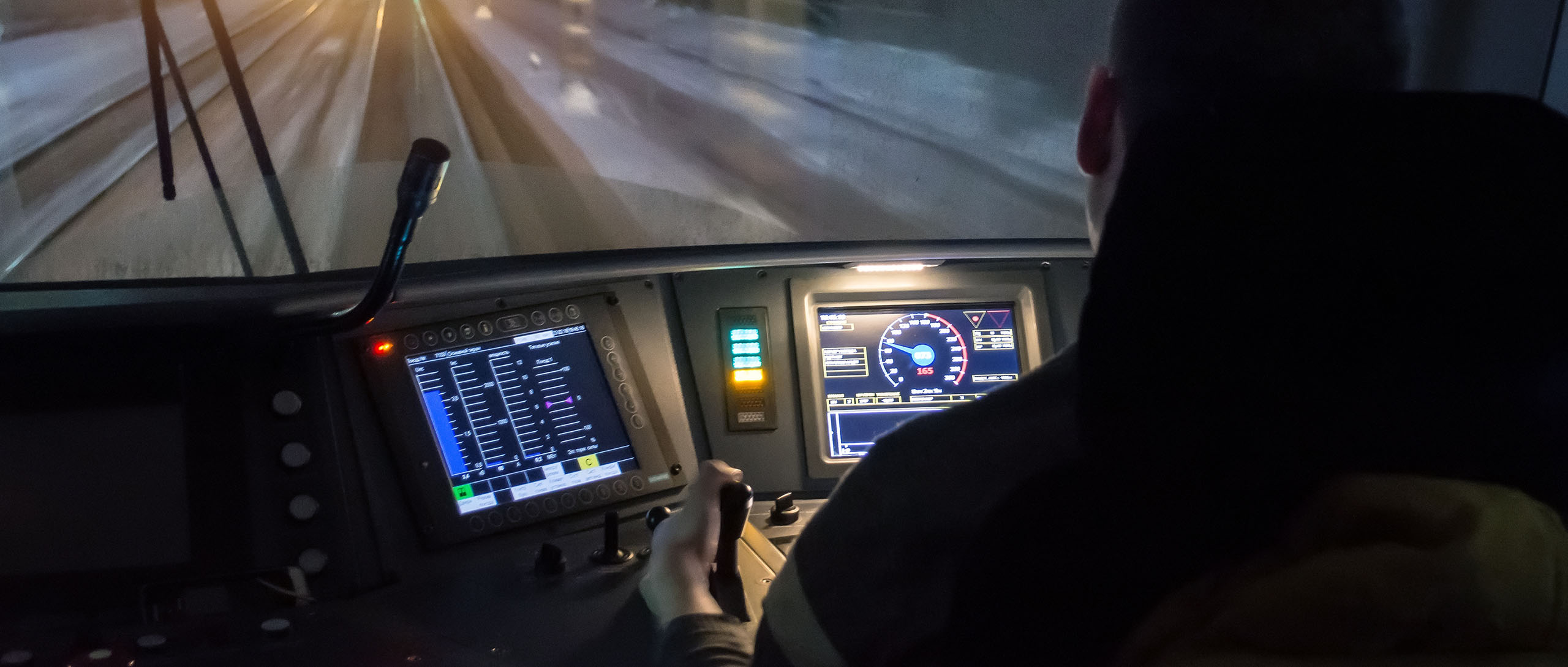The Importance of Software Safety on Trains
Australia’s landmass stretches 3,180 km from north to south and 4,000 km from east coast to west, and as of 2019 the country is serviced by approximately 33,168 kilometres of rail track. The railway was developed in the colonial era and first electrified in 1919.
However, the track’s gauges vary from state to state with no unification or standardisation process – one of the main challenges posed to operational efficiency. Recently, internet technologies and software have been introduced to help combat this.





